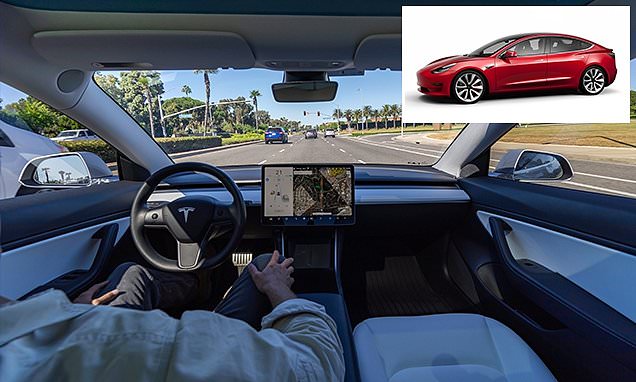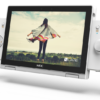A European vehicle safety authority gave “very good” marks to Audi, BMW and Mercedes for their driver assistance systems, and gave Tesla’s system, known as Autopilot, a “moderate” grade in a new report out Thursday.
The ratings from the European New Car Assessment Programme (Euro NCAP) — a counterpart to the U.S. National Highway Traffic Safety Administration. The ratings can influence consumer car-buying decisions and insurance premiums for different make and model vehicles.
In general, vehicle safety ratings from the likes of NHTSA and Euro NCAP show how well a car is designed to protect the driver, passengers and pedestrians in a crash.
Since automakers now integrate high-tech software, cameras and sensors into their cars to enable advanced driver assistance features, safety testing organizations have begun to study how effectively these systems can help drivers avoid accidents in the first place.
Euro NCAP, along with its safety research and testing partners Thatcham Research, found that the Audi Q8, BMW 3 Series and Mercedes GLE’s driver assistance systems were “very good,” the Ford Kuga, known as the Ford Escape in the U.S., had a “good” system, and that the Tesla Model 3 Autopilot, as well as systems in the VW Passat and Volvo V60 among others were only “moderate.”
While driver assistance systems may vary, they typically at least enable cars to automatically steer and brake to avoid collisions, accelerate and stay within their lanes on highways.
Tesla Autopilot in a Model 3 ranked sixth of the ten systems and cars Euro NCAP tested. It will surprise fans of Elon Musk’s electric vehicle business. After all, Tesla pioneered over-the-air software updates that let the company deliver improvements to, or add new driver assistance features, to its vehicles without requiring a dealership visit or service appointment.
Thatcham’s Director of Insurance Research, Matthew Avery, told CNBC Tesla should be praised for its ability to roll out safety improvements to its entire Autopilot fleet over Wi-Fi. He noted other major car companies now plan to deliver software updates via wireless internet, too.
Avery also said, in extensive testing, Tesla Autopilot demonstrated excellent automatic emergency braking, and collision avoidance when it came to avoiding pedestrians and other cars alike.
Thatcham Research tested the latest version of Tesla Autopilot available in a Model 3 that it leased anonymously. It conducted the tests in fair weather conditions on a track in England.
Tesla scored in the middle of the pack in the Euro NCAP ratings, because they found that it over-sells Autopilot capabilities, doesn’t have a sophisticated driver monitoring system and because Autopilot disengages completely when a driver turns the wheel strongly.
“Tesla’s system name Autopilot is inappropriate as it suggests full automation,” Euro NCAP wrote in a statement. “The promotional material suggests automation where the handbook correctly indicates the limitations of the system capabilities, which could lead to confusion.”
Thatcham’s Matthew Avery also explained to CNBC that, when a driver moves the steering wheel on a Tesla Model 3 with Autopilot activated, the car initially resists their steering. When driver input is stronger, the car disconnects Autopilot entirely.
“You have to really twist and yank the wheel, and that turns the system off,” Avery said. “Tesla will say they do that to make it clear to the driver when the system is turned off and they are no longer being supported. But this is wrong —it encourages the driver to think the car is capable of driving without them. It dis-incentivizes them from making appropriate course corrections.”
Tesla Autopilot only relies on steering wheel input to detect if a driver is paying attention. The car’s internal camera isn’t used to make sure the driver is watching the road.
Euro NCAP wants to see improvements to driver monitoring and driver engagement in Tesla Autopilot. The organization isn’t alone in praising some aspects of the system while criticizing others.
Tesla didn’t respond to a request for comment.
Last year, the U.S. National Transportation Safety Board found that a combination of driver error and flawed Autopilot design led to a crash involving a Tesla Model S and a parked fire truck in 2018. In February 2020, the NTSB called out Tesla for inadequate driver engagement monitoring, which it found had contributed to a fatal Model X crash that killed Apple engineer Walter Huang near Mountain View, California in 2018.
And in July this year, a Munich court ruled that Tesla misled consumers on the abilities of its automated driving systems, then barred Tesla Germany from including the phrases “full potential for autonomous driving” and “autopilot inclusive” in its advertising materials at this time.



